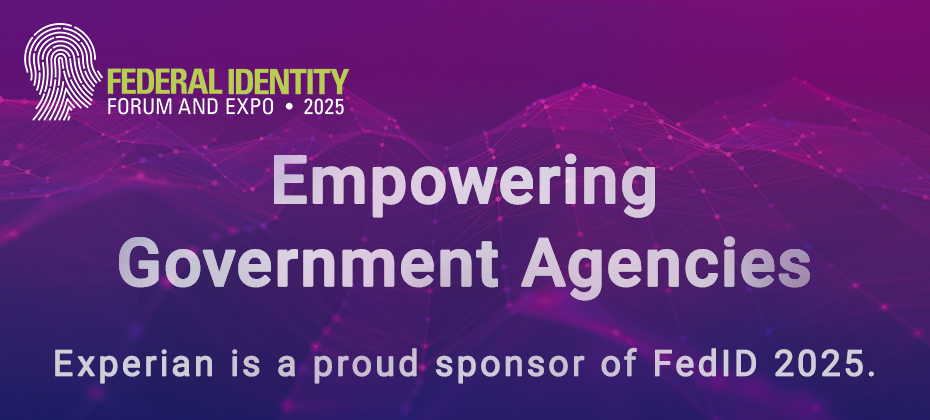Related Posts

Learn how you can mitigate e-commerce fraud with identity verification and fraud prevention best practices.
Published: December 3, 2025 by Theresa Nguyen

BIN attacks are a growing threat in today’s digital payments ecosystem. Learn how to mitigate these attacks to reduce losses.
Published: August 27, 2025 by Theresa Nguyen

Experian is proud to be a Thought Leadership Sponsor at this year’s Federal Identity Forum & Expo. Meet us on site at FedID!
Published: August 1, 2025 by Kim Le
Turn complex data into actionable insights
© 2025 Experian Information Solutions, Inc. All rights reserved.
Experian and the Experian marks used herein are trademarks or registered trademarks of Experian Information Solutions, Inc. Other product and company names mentioned herein are the property of their respective owners.
While the principle of “trust but verify” might work for personal relationships, “verifying before trusting” is a more appropriate approach for businesses. According to Experian’s 2024 U.S. Identity and Fraud Report, consumers ranked identity theft as their top online security concern. As consumers conduct more activities online, the use of digital identity verification methods is becoming increasingly important. In this article, we explore how a streamlined initial verification process and continual authentication can help you build consumer trust and loyalty, as well as protect your business.
What is identity verification?
Online identity verification is the process of digitally confirming the identity of a user. Whether you’re reviewing an account application or approving an online transaction, you need to know that the person you’re dealing with is who they claim to be.
Technology can help bring traditional identification verification methods online, such as checking a photo ID. Additionally, people and organizations have more digital “fingerprints” than ever before, which digital identity solutions can use to authenticate users with increased accuracy and less friction.
What do online identity verification methods help solve?
A well-designed and implemented online identity verification process can help address fraud, compliance and customer demands all at once.
Verifying someone’s identity when they first create an account could be an important part of the know your customer (KYC) and customer identification program (CIP) requirements. From that moment on, continuous authentication can help detect and prevent fraud.
Balancing the need for identity verification with a smooth online experience can be challenging. Customers may abandon a cart if identification requirements aren’t easy and fast, and may look for new services altogether if they’re repeatedly asked to authenticate themselves. But the challenge also presents an opportunity for companies that can leverage online identity verification services and methods to verify users’ identities accurately and discreetly.
Examples of online identity verification methods
There are multiple ways to verify someone’s identity, but some of the most popular online identity verification methods include:
To keep up with increasing consumer and business demand, online identity verification processes may use artificial intelligence and machine learning techniques to complement the digital and manual processes.
Some methods, such as consistency checks on a device and behavioral biometric assessments, can also help offer an “invisible” approach to verification. Even small behavioral traits, such as a user’s scrolling style or finger pressure, could be important data points.
These invisible methods may be welcomed as a low-friction approach by consumers, who are increasingly aware of the lack of security that comes from only using passwords as an identity verification method. In Experian’s 2024 U.S. Identity and Fraud Report, 71 percent of consumers said physical biometrics are most important for a better online experience, followed by PIN codes sent to a mobile device (70 percent) and behavioral biometrics (66 percent).
How Experian can help
Experian is a global leader in identity verification and fraud detection services. We offer a layered approach that draws on different verification methods, including credit, device, non-traditional and user-provided data. Step-up authentication can add additional verification requirements based on how risky a user appears or the action they’re trying to take.
The approach gives your trusted users a lower-friction experience while helping you detect multiple types of fraud and address CIP discrepancies.
At the same time, your customers are assigned a unique and persistent identity, which can give you a single, consolidated view of your customers based on data from different platforms. Using these insights from identity resolution, you can deliver a personalized experience that surprises and delights.
Learn more about Experian’s identity verification solutions and Experian VerifyTM.